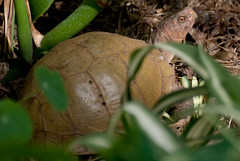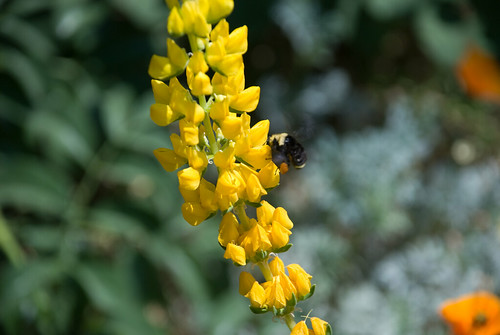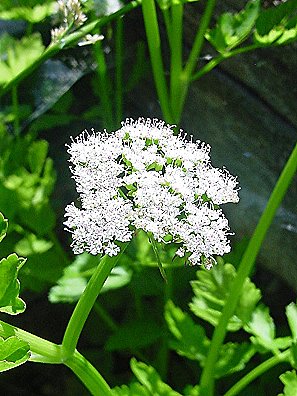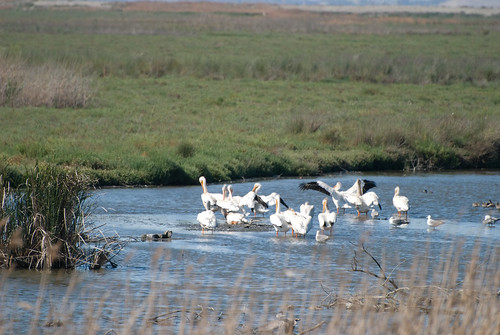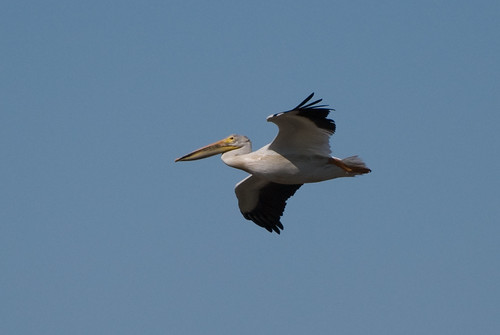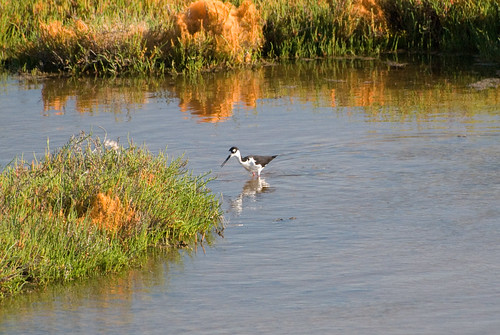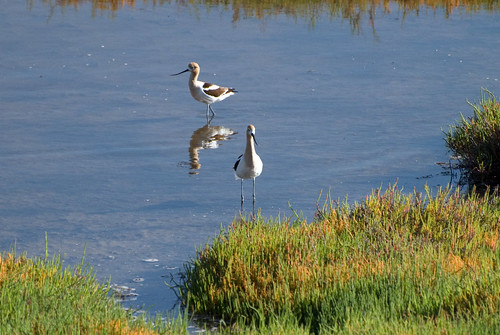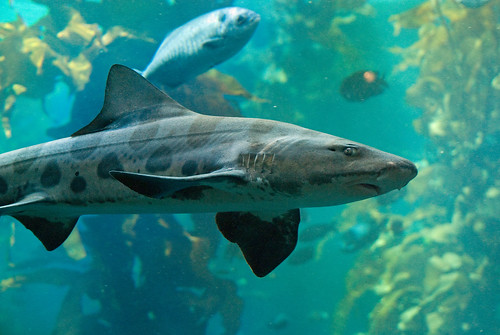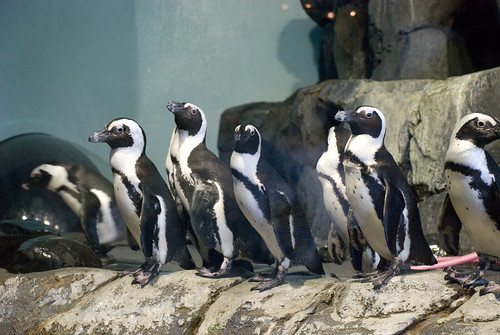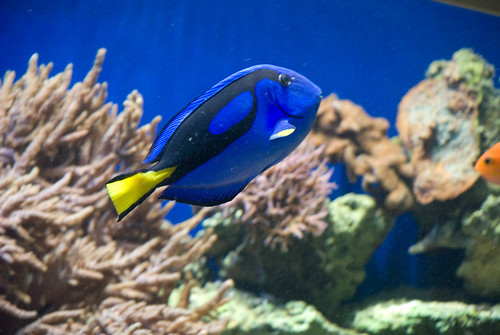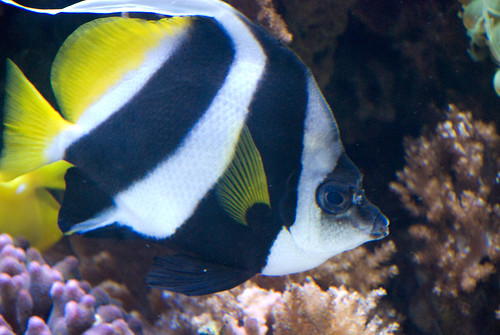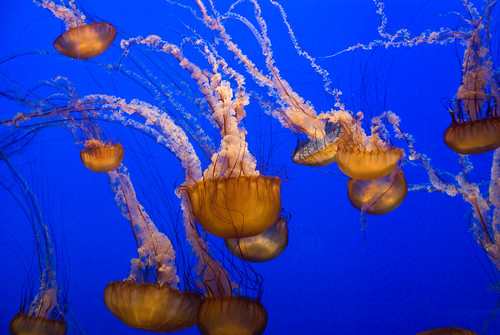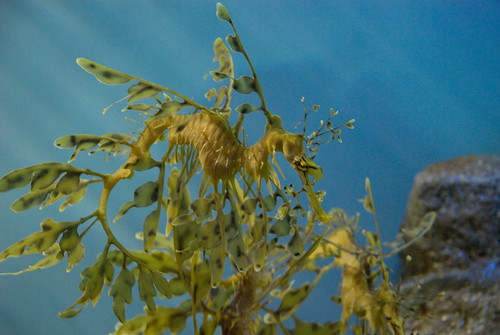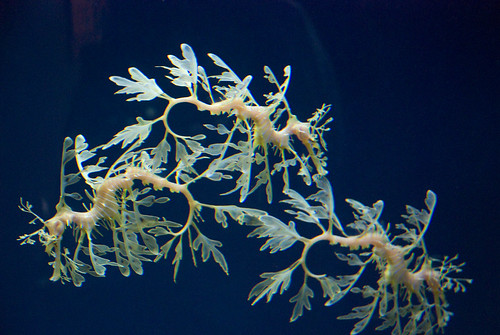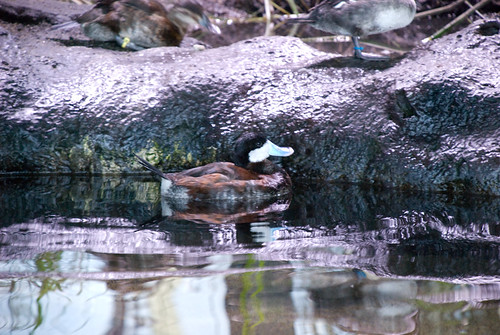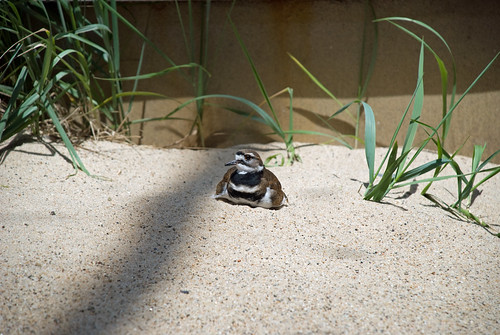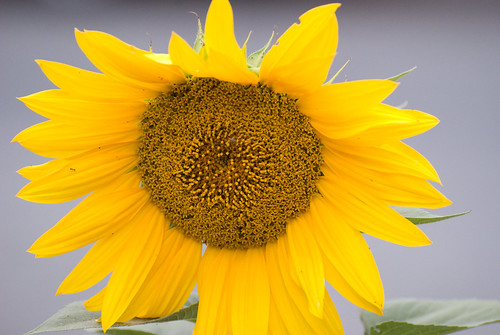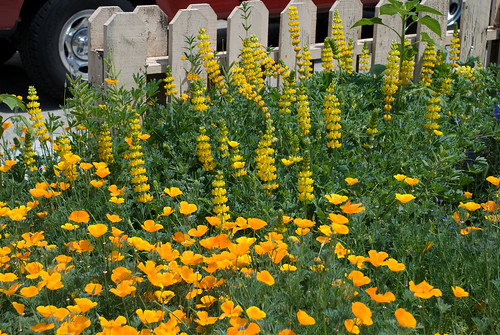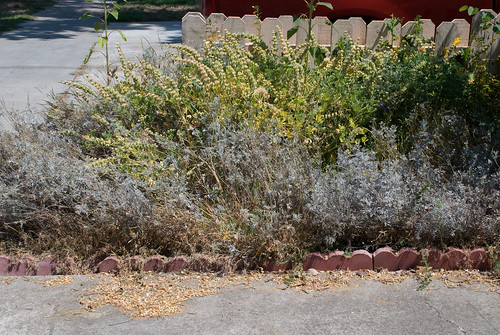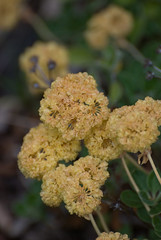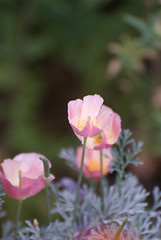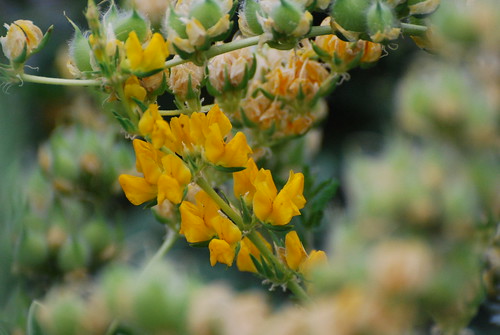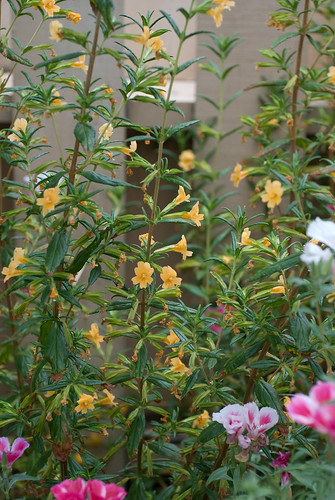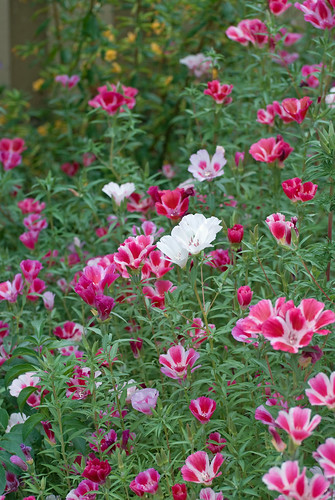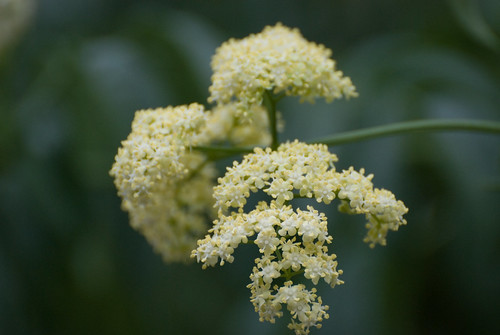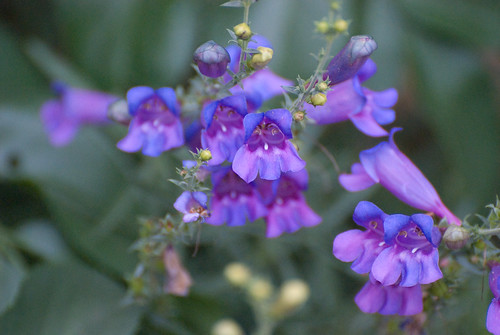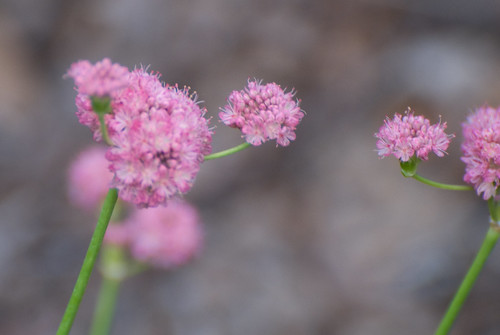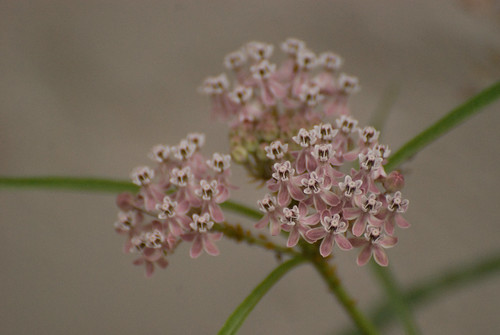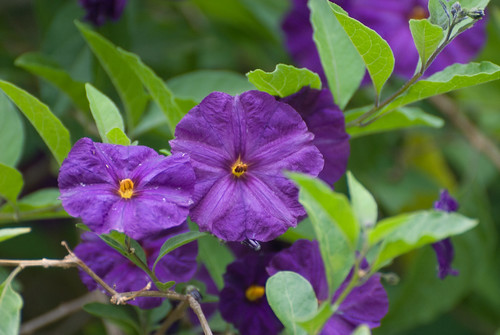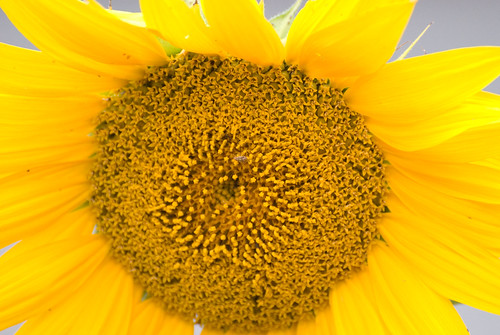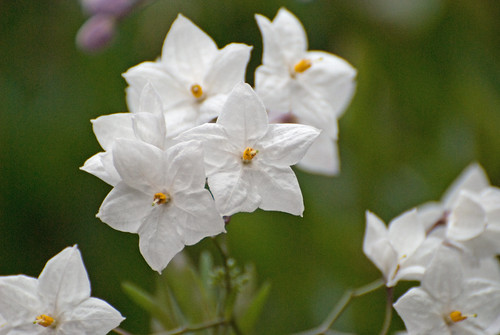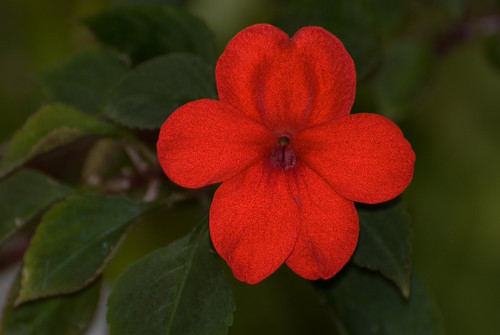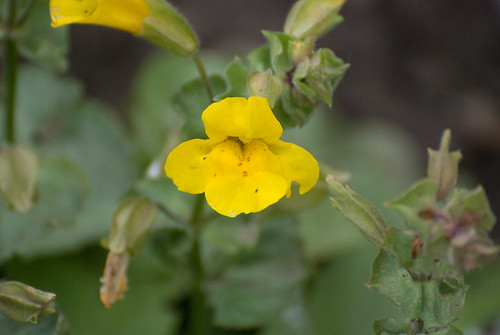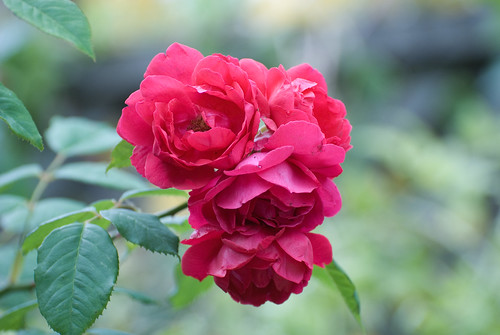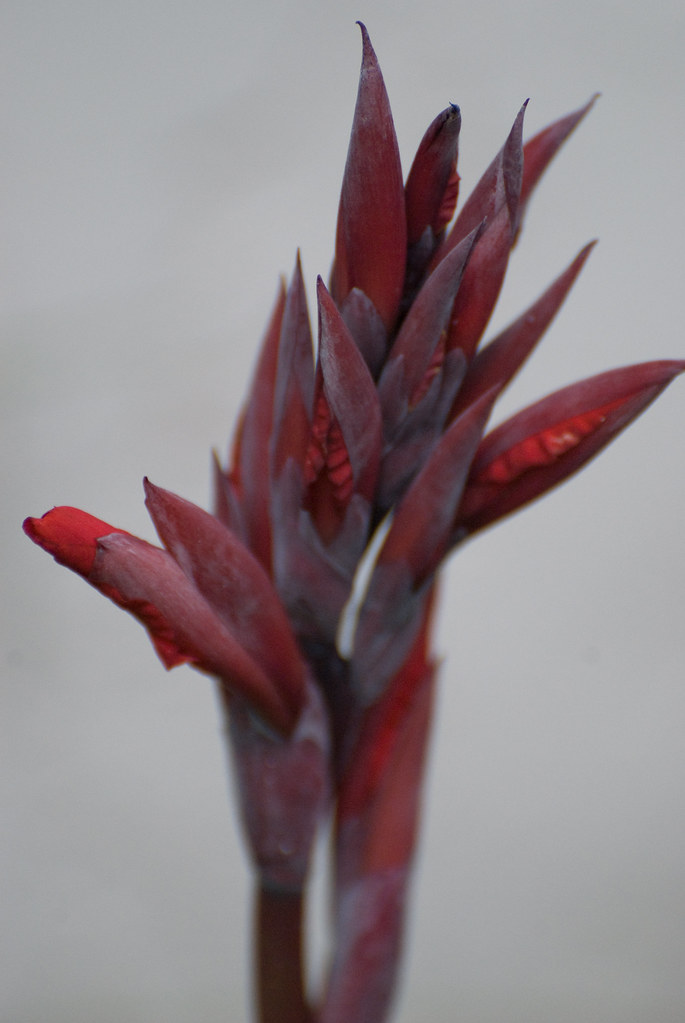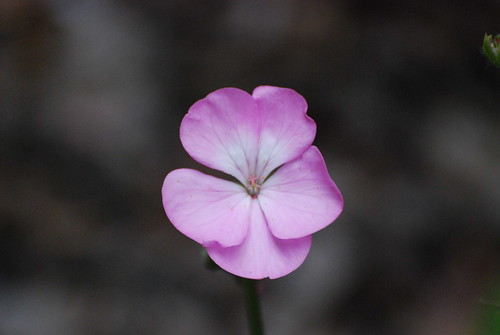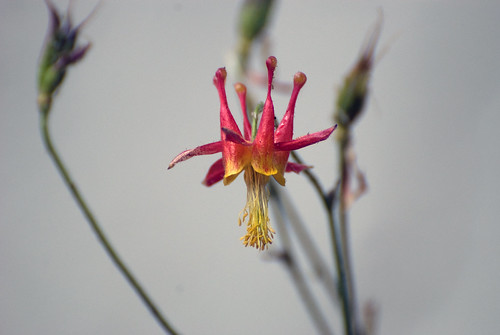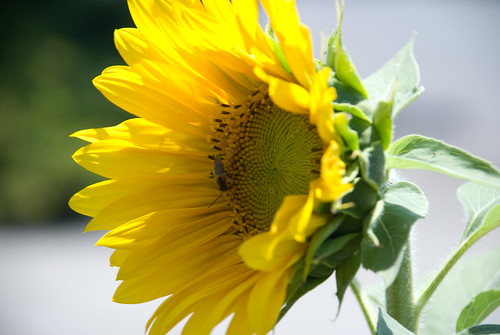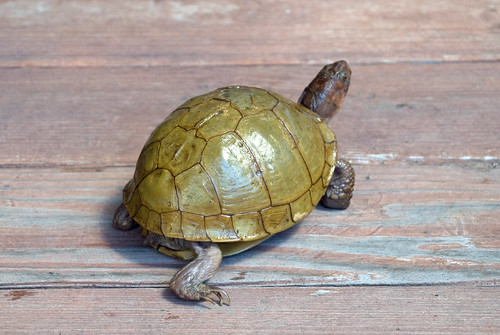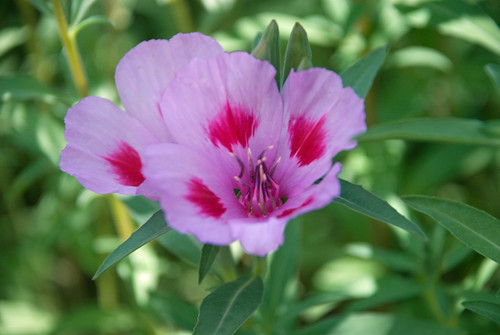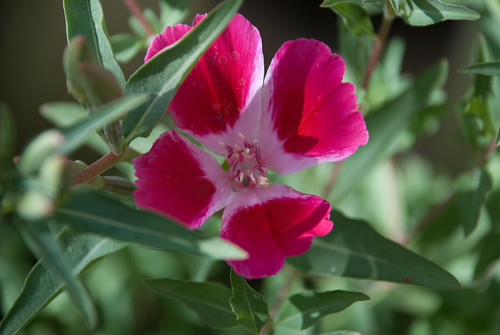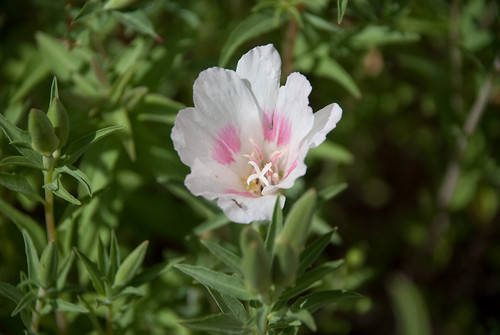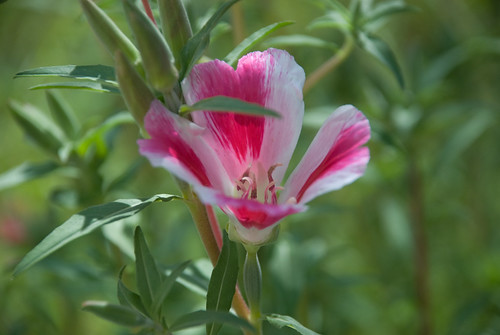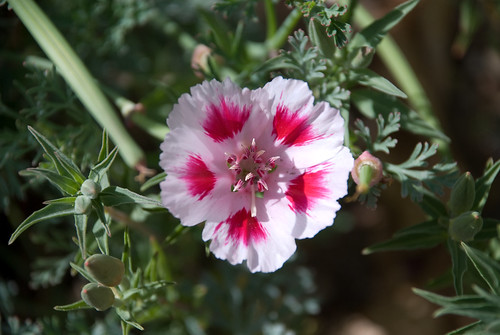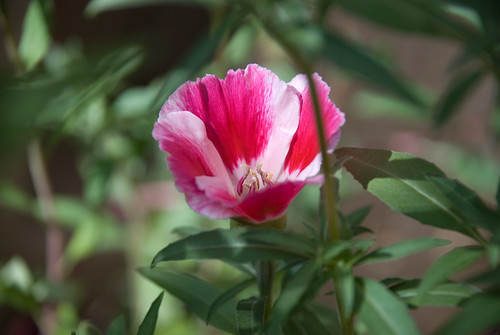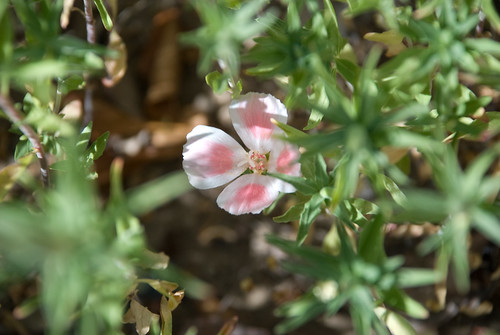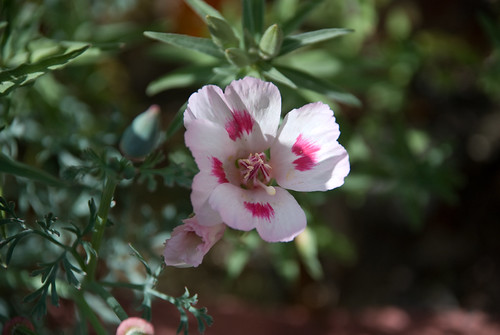It turns out that someone has determined that people who write blogs involving gardening should write about what's blooming in their yard on the 15th of every month. They call it "Garden Blogger's Bloom Day." I Googled it and found that it seems to have started around March 15, 2007. (I didn't see any over evidence of it before that date.)
So, what the heck! The Free-Range Turtle is as much about my garden as it is about flowers in the wild, birds in the wild, sculpture in the wild, climate discussions, and so on. So, I guess I'll take a whack at the whole Garden Blogger's Bloom Day.
There are, apparently, no special rules here. One can make a list... or not. One can post photos... or not. One can use common names or botanical names (or even no names if one is using photos I'd guess). One can include fruits and vegetables and weeds... or not. I think I'll try a variety of formats and see which works best. (Tell me what you think!)
First, all the photos in this post were taken this morning. Second, I didn't include the blooms that I consider to be "weeds" in the collection (where "weeds" are defined to be plants that I didn't plant, the previous owner didn't plant, and that I'd rather were gone but am too lazy to chase after each-and-every-one... e.g., dandelions, non-native oxalis, etc).
Oh, man! Where to start?!? How about with the flowers that are fading...
Both of these are California natives. On the left is Sulfur Buckwheat. When its blooms are new, they're bright yellow (hence the name), but the fade to straw to rust to brown. It's actually a lovely effect.
On the right is one of the last of the mixed California Poppies. There are only a few stunted orange flowers left and the mixed colors & forms are starting to follow suit. (They also come on later than the orange versions.) I spent an hour or two yesterday harvesting seed pods of the orange variety (having about 10% of the pods explode in my fingers, spraying seeds everywhere as soon as I touched them) and trimming about 18 inches of floppy foliage off the driveway where it... um... flopped.
Here's a tiny surprise inflorescence on a Ceanothus (of unknown species or cultivar that came with the house) right next to a small cluster of berries from the initial wave of bloom. Birds are supposed to love the berries.
And the once-rampant Yellow Lupines are all but gone, leaving behind long, curving stalks of seed pods. (The blue lupines are long gone and I've harvested their seeds. Now I'll be starting on the Yellow pods.)
Neither of the bloom-y bits above is fading... yet. On the left is our locally native Sticky Monkeyflower which is perennial and likely to continue blooming till it gets blazingly hot and dry in late summer or early fall. On the right is Clarkia amoena, Farewell-to-Spring, which should continue to bloom for a month or two (or more, with water).
The Blue Elderberry (also native to California) is still blooming, but has also started putting on great clusters of berries. The Sticky Monkeyflower and Clarkia pictured above are growing beneath this Elderberry, as do the Poppies and Lupines also pictured above.
Even this Penstemon 'Margarita BOP' grows beneath the Blue Elderberry. The penstemon is also a perennial and should continue to bloom well into the summer and maybe into the fall, depending on weather.
This Rosy Buckwheat is native to California, but it's not native locally (which would explain its issues with not really thriving here). It's native to the Catalina Islands. But it sure is pretty! And not likely to last long. *sigh*
The scary... um, rather, botanical name of this Narrow-Leafed Milkweed is Asclepias fasicularis. It, like others of the genus Asclepias, are larval host plants for the Monarch Butterfly. I don't have enough of it to attract the buterflies, but I like the idea. It is native to California.
This shrub, referred to as Purple Potato Plant, may not be officially native to California, but it sure looks an awful like our native Deadly Nightshade to which it is related. It blooms pretty much all year and the big, solitary, bumbly bees love it.
Native? Non-native? Well, Helianthus annuus is native to most of the US -- including California -- but this guy is a cultivar intended as food for humans. I planted seed a couple of years ago and they came up, bloomed, made massive quantities of seed, and dropped most of them in the bed that I turned into my California Natives bed. Right now, it's about the only thing blooming at the west end of the bed since the poppies and lupines have pretty much given up.
This is another inherited plant, this one a vine, that seems to be another Solanum -- related to Deadly Nightshade. It grows rampantly, has to be hacked back constantly, and blooms year-round.
This Impatiens is likely native to Jamaica (I saw them growing wild and huge along the roads there), but I started with a 6-pack of them about 12 years ago. They are treated as annuals in most of the lower 48 because they're so tender, but I still have one of the originals PLUS a bunch that came up from seed dropped by birds in a planter across the walkway from the original.
This native Seep Monkeyflower, Mimulus guttatus, is relatively new in my garden and has only recently started blooming in greater abundance. It likes moist places (hence the "Seep" in the name), so I put it under the bird bath.
This red climbing rose is no native, but I have no idea what its species or cultivar is. It came with the house, has been quite unceremoniously ripped out by the fence crew, and stuck back in the ground in a corner. That was, what? six or eight years ago? And there's a native Western Virgin's Bower that has been trying to smother it for the last four or five of those years.
This red Canna Lily is really starting to pop its buds, so I thought I'd include it. Not native to California, but, when it's treated nicely, it grows to over 5' and shows its flower heads in my bedroom window where the hummingbirds come to visit.
I also have hanging pots of plants, including this ivy geranium and its relative below, the pink geranium.
A number of years ago I planted one of these native Western Columbine. Sadly, it died. But not before it managed to reseed itself in one spot. Then another. Then another. Then a few others. Yay! And these dainty little guys are hummer-bird magnets!
Not strictly native, but these Coral Bells are pretty little hummingbird attractants.
Man! but this is getting long! I'll break into list mode here:
- Hollyhocks (like the Impatiens, one six-pack planted a dozen years ago that keeps volunteering)
- Nandina (landscape shrub known as Heavenly Bamboo)
- Lobelia (the blue bedding type)
- Calendula (again, keeps reseeding from a dozen years ago)
- Nasturtium (see "Calendula")
- Begonia sempervirens (one remaining from a 12-year-old 6-pack)
- Parsley (keeps reseeding)
- and some unknown purple-flowering landscape shrub.
Wow! That was way too long! Gotta come up with something different for next month...
